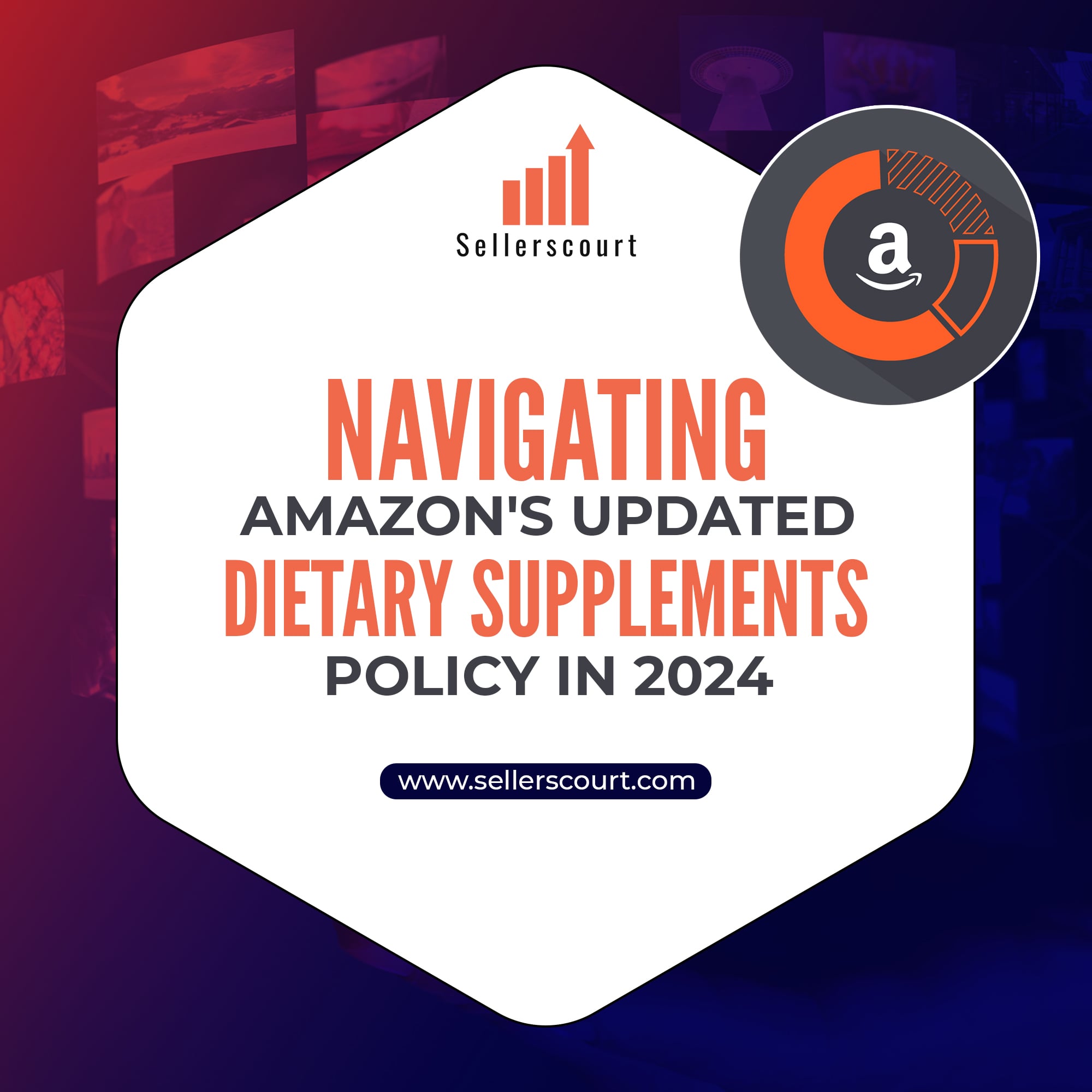
Running an Amazon business comes with its fair share of risks and challenges. One crucial aspect to consider is the insurance coverage needed to protect your business. In this blog post, we will discuss the Amazon seller insurance requirements in 2023 and help you understand how to safeguard your business. With over 45 years of combined experience and offices in London and New York, Sellerscourts is here to support you in this crucial aspect of your Amazon selling journey.
Amazon Seller Liability Insurance Requirements
Amazon requires sellers to have liability insurance to protect themselves and their customers from any potential risks or damages. Here are the key points to consider:
Commercial General Liability Insurance: Amazon requires sellers with a professional selling plan to have Commercial General Liability (CGL) insurance. This policy covers bodily injury, property damage, and personal and advertising injury claims.
Minimum Coverage: Amazon requires a minimum coverage of $1,000,000 per occurrence and in aggregate for both products and completed operations. This requirement is consistent across the United States, Canada, and Europe.
Additional Insureds: Your CGL policy should include Amazon.com, Inc. and its affiliates and assignees as additional insureds. This ensures that Amazon is also protected in case of any claims arising from your products or operations.
Proof of Insurance**: Amazon may request proof of your insurance coverage at any time. Be prepared to provide a Certificate of Insurance (COI) that demonstrates your compliance with Amazon’s seller liability insurance requirements.
Types of Insurance for Amazon Sellers
While CGL insurance is the primary requirement, there are other types of insurance policies that you might consider to further protect your Amazon business:
Product Liability Insurance: This policy specifically covers claims related to product defects or malfunctions. If your products have a higher risk of causing injury or damage, it’s a good idea to have product liability insurance in addition to CGL coverage.
Workers’ Compensation Insurance: If you employ staff, whether for packaging, shipping, or other tasks, workers’ compensation insurance is essential. This policy covers medical expenses and lost wages for employees who suffer work-related injuries or illnesses.
Professional Liability Insurance: Also known as Errors and Omissions (E&O) insurance, this policy protects your business against claims related to professional negligence or errors in providing services to your customers.
Cyber Liability Insurance: As an online business, you may face risks related to data breaches, cyber attacks, and other technology-related issues. Cyber liability insurance can help cover expenses related to these incidents and protect your business from potential financial losses.
Final Thoughts
Understanding and complying with Amazon seller insurance requirements is crucial for protecting your business from potential risks and liabilities. By investing in the appropriate insurance policies, you can focus on growing your business with confidence.
At Sellerscourts, we are committed to supporting Amazon sellers in every aspect of their business journey, including helping them navigatethe complex world of insurance requirements. With over 45 years of combined experience and offices in London and New York, our team is well-equipped to provide guidance and assistance tailored to your unique needs.
In addition to helping you meet Amazon seller insurance requirements, we also specialize in building brand stores and providing comprehensive support for sellers seeking to optimize their presence on the platform. Our expertise in the industry ensures that we can help you navigate the challenges of selling on Amazon and set your business up for long-term success.
In conclusion, staying informed about Amazon seller insurance requirements and obtaining the right coverage is essential for safeguarding your business. By following the guidelines outlined in this blog post, you can ensure that your business is compliant with Amazon’s policies and protected from potential risks. If you have any questions or need assistance, don’t hesitate to reach out to the team at Sellerscourts.






